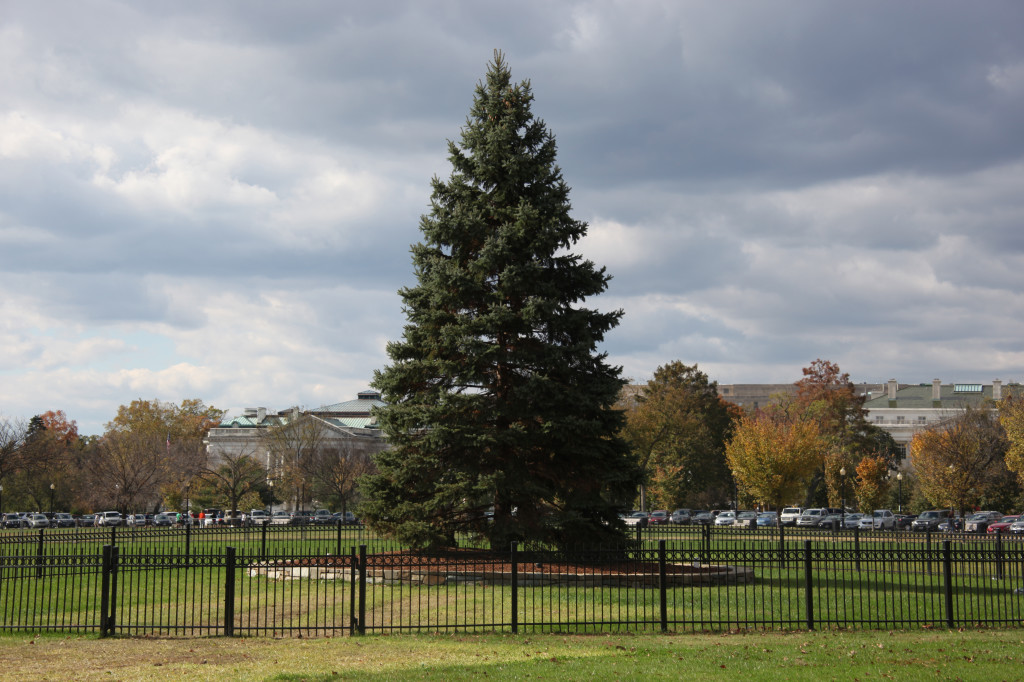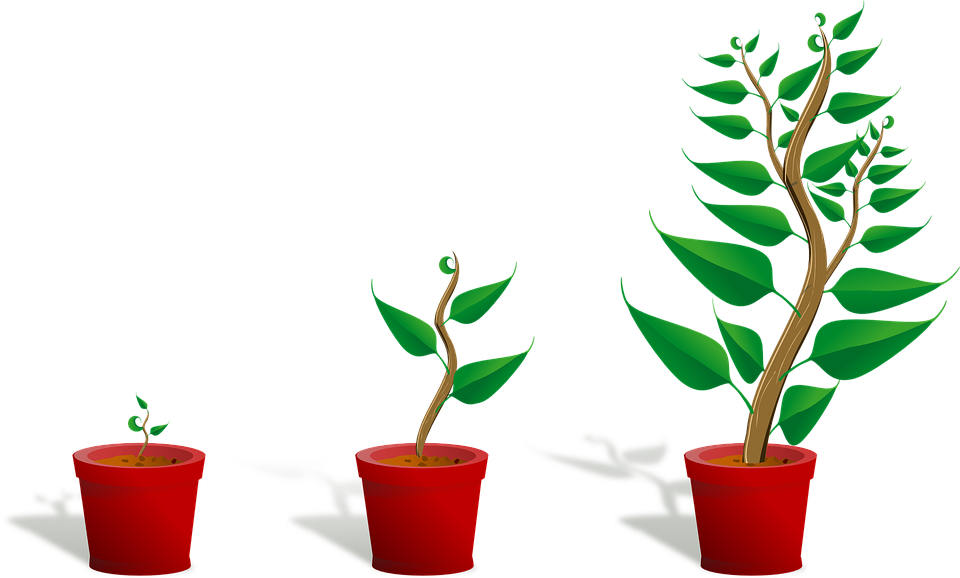Most trees and shrubs these days are grown in containers. This method of cultivation ensures that the roots do not get disturbed by anything in the ground or surrounding area, especially when selected for the planting process. While transferring from pot to ground isn’t too disruptive to the tree or shrub, they still require some help during the process.
Here are some of our best tips:
- Prepare the area: Your potential tree or shrub has been grown in a specific growing environment, optimized by the grower for the best results. You want the soil where you’re going to plant to be appealing to the tree. Churn up the soil in the entire area where your plant will sit at least as deep as the rootball of your tree, even deeper. Consider mixing in some compost or planting mixture to the soil in preparation.
- Water thoroughly BEFORE planting: Planting a tree or shrub with dry roots will make it more difficult to contain water in the future. Therefore, make sure the plant is thoroughly watered before placing it in the ground. If it is especially dry, water it until it is fully saturated and then plant.
- Dig a big enough hole: Always dig a hole bigger than your rootball ensuring that you have prepared the soil around the hole enough and when you pack the soil down around the roots, it wont get squashed or cramped in any way.
- To loosen or not to loosen: When removing your plant, you might consider loosening its roots but make sure you really take a look at the condition: is there a lot of soil between roots? If so, you might want to leave the rootball as is, so you disturb the roots as little as possible. However, if you take the rootball out and there are roots coiled around at the bottom or simply around the rootball, you can carefully spread the roots apart a bit so the roots grow out and away.

